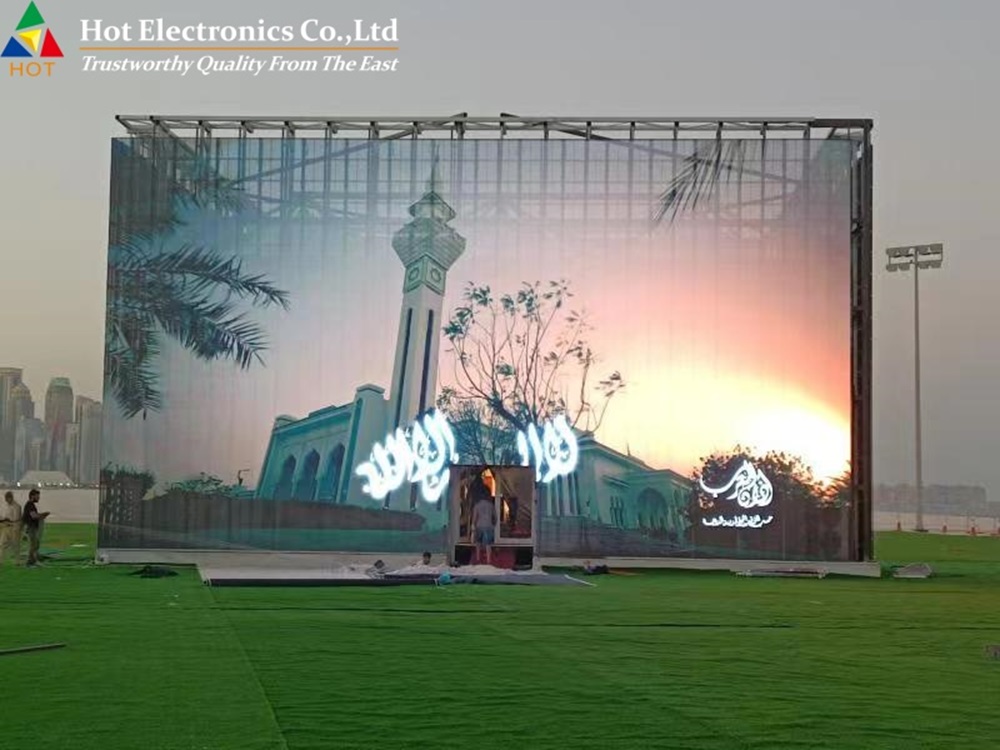Today, LEDs are widely used, but the first light-emitting diode was invented over 50 years ago by a General Electric employee. The potential of LEDs was immediately evident, as they were small, durable, and bright. LEDs also consumed less energy than incandescent bulbs. Over the years, LED technology has made significant strides. In the past decade, large high-resolution LED displays have been utilized in stadiums, television broadcasts, public spaces, and as luminous beacons in Las Vegas and Times Square.
Three major changes have influenced modern LED displays: enhanced resolution, increased brightness, and application-based versatility. Let’s explore each in detail.
Enhanced Resolution
The LED display industry uses pixel pitch as a standard measurement to indicate the resolution of digital displays. Pixel pitch is the distance from one pixel (LED cluster) to the next pixel beside, above, or below it. Smaller pixel pitches compress the spacing, allowing for higher resolution. The earliest LED displays used low-resolution bulbs that could only project text. However, with the advent of newer LED surface-mount technology, it is now possible to project not only text but also images, animations, video clips, and other information. Today, 4K displays with a horizontal pixel count of 4,096 are rapidly becoming the standard. Even higher resolutions, such as 8K, are possible, though less common.
Increased Brightness
The LED clusters that make up LED displays have advanced significantly. Nowadays, LEDs can emit bright, clear light in millions of colors. These pixels or diodes, when combined, can create captivating displays viewable from wide angles. LEDs now provide the highest brightness levels of any display type. This brighter output allows screens to compete with direct sunlight—a huge advantage for outdoor and storefront displays.
Versatility of LED Use
Over the years, engineers have worked to perfect the placement of electronic devices outdoors. LED displays need to withstand nature’s challenges, including temperature fluctuations in many climates, varying humidity levels, and salty air in coastal areas. Today’s LED displays are highly reliable in both indoor and outdoor environments, offering numerous opportunities for advertising and information dissemination.
The non-glare properties of LED screens make them the preferred choice for a variety of settings, including broadcasting, retail, and sporting events.
The Future
Digital LED displays have changed dramatically over the years. Screens have become larger, thinner, and come in various shapes and sizes. Future LED displays will incorporate artificial intelligence, increasing interactivity, and even providing self-service options. Additionally, pixel pitch will continue to decrease, enabling the creation of extremely large screens that can be viewed up close without sacrificing resolution.
Hot Electronics sells a wide range of LED displays. Established in 2003, Hot Electronics is an award-winning pioneer in innovative digital signage and has quickly become one of the country’s fastest-growing LED sales distributors, rental providers, and integrators. Hot Electronics leverages strategic partnerships to create innovative solutions and remains customer-focused to deliver the best LED experience.
Post time: Jul-09-2024

